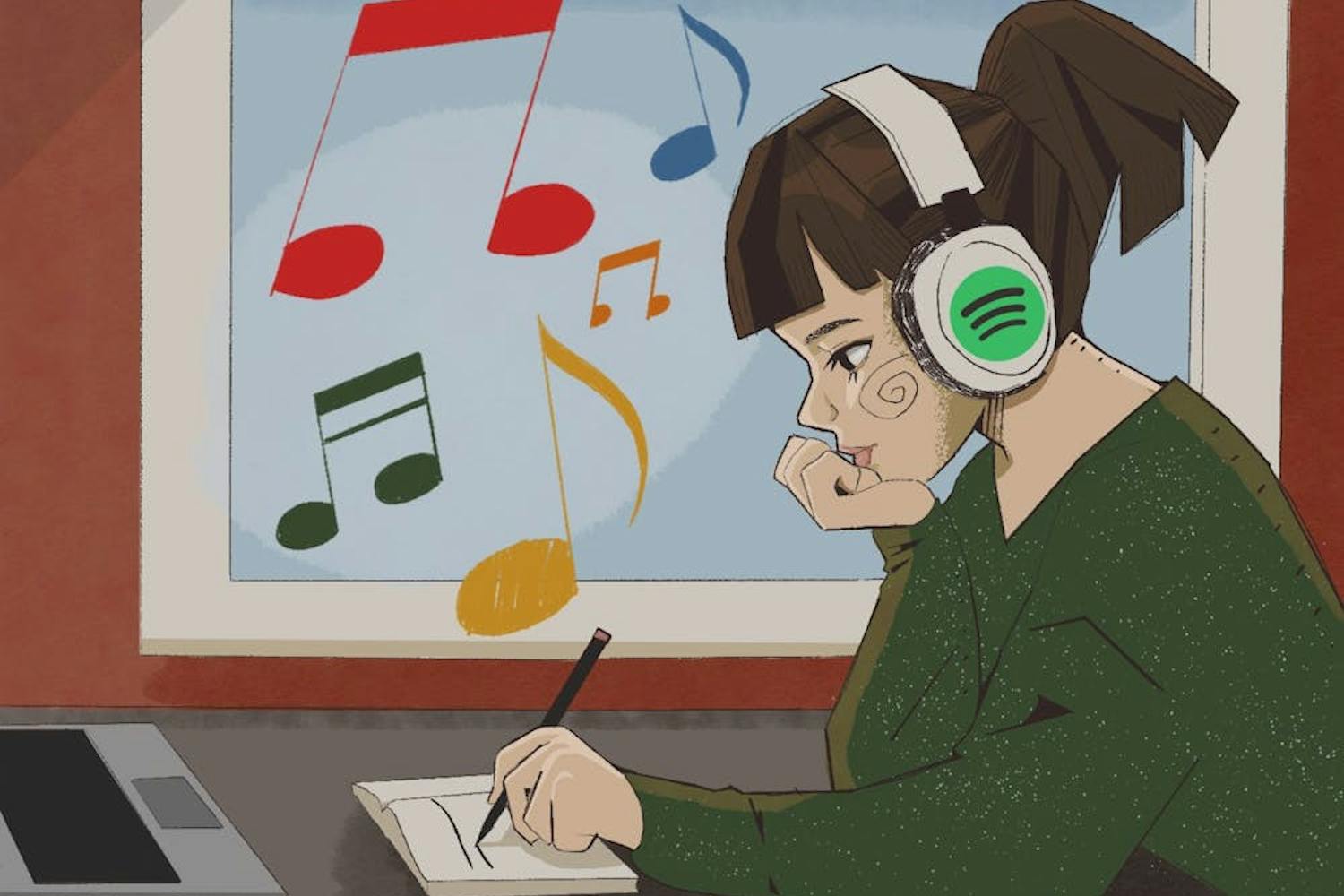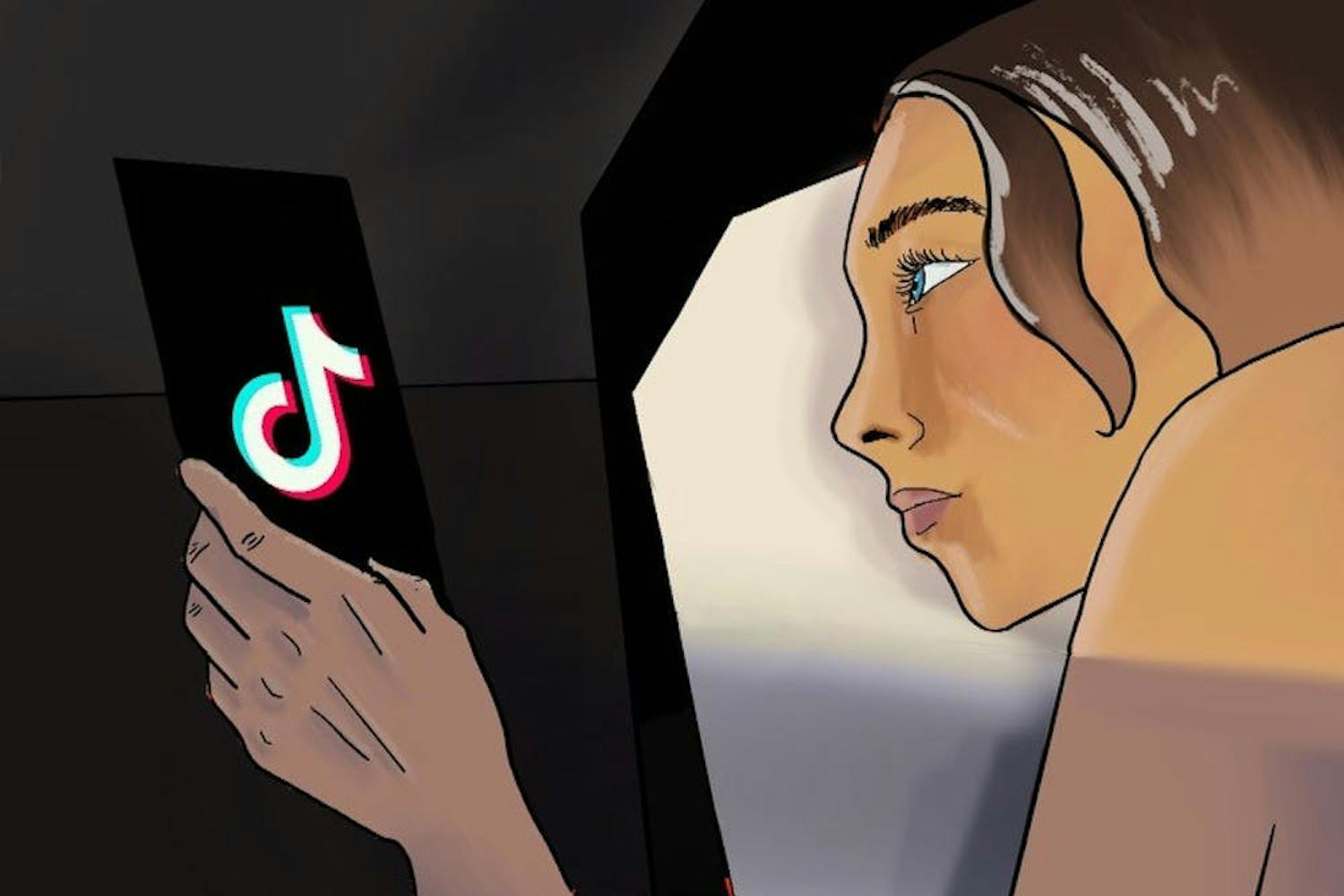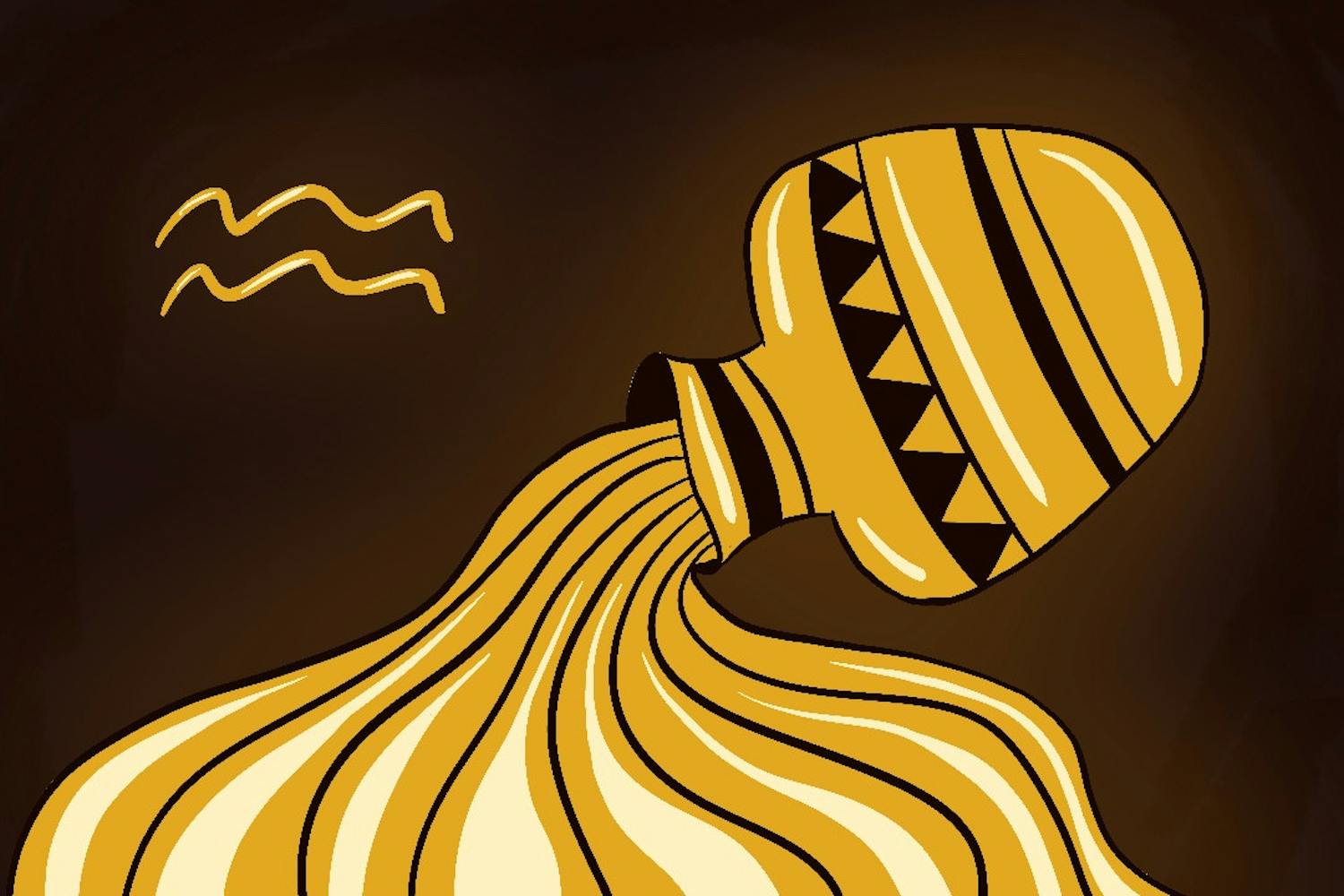Academy award nominee William Nicholson said, “We read to know that we are not alone.” The written word is powerful and emotive, but modern-day visual storytelling is at the forefront of popularity. There are many challenges that come with film adaptations; however, fan reception is the biggest dilemma filmmakers have to overcome.
James Thurber’s short story, “The Secret Life of Walter Mitty” was first published in the March 1939 edition of The New Yorker. It was originally brought to the silver screen in 1947, but Ben Stiller’s recent film adaptation reawakened consumer interest in the literary work. Thurber’s work has been translated into films, radio shows and stage plays.
Thurber’s short story is based on the complexity of the human imagination. It’s been used in psychology courses as a case study for diagnosing psychological disorders.
Psychology senior Emily Rasco said that she was confused the first time she read the short story.
"I think the author was trying to communicate how powerful our minds are when we let our imaginations run away with them," she said, "When Mitty would 'zone out,' he truly believed the events around him were happening until someone back in the present was able to yank him out of his reverie.”
The film differs greatly from the original piece. While there will always be those who find the short story better than the movie, Rasco said she "prefers the movie over the short story."
"The film is more so based on the character Walter Mitty from the short story rather than a direct adaptation," she said. "This is why I prefer the film more than the story, the film allowed its audience to get a deeper look into Mitty’s life and experiences when he is ‘zoning out.'"
Psychology and global health junior Traci Ayub is often conflicted to find out some of her favorite books are being adapted to film.
"It starts with excitement, then a bit of dread and doubt that they can actually transition the plot well," she said. "There is no way to take a quality book and make the perfect movie out of it, but I feel that when it’s done well, the experience can be great.”
Transitioning a book into a movie comes with technical problems, too.
Creative writing senior Britany Norton often has to remind those who favor a literal adaptation of the book of the difficulties and time constraints in screenwriting.
"Adaptation allows for certain aspects of a film to be developed further or removed," she said.
The change of medium can affect a story's ability to communicate with a reader; however, Norton said such a change of medium "can affect a story’s impact, but it can do so in a positive or fresh way. In some ways I think it is possible for film to make the story stronger, because it is visual.”
Thurber wrote an engaging and imaginative piece in 1939 and its relevance has kept it at the epicenter of literary circles. The recent film adaptation is a must-see — if only to decide whether Mitty was more touching as a character on a page or as a human trying to discover the “quintessence of life” on the silver screen.
"The Secret Life of Walter Mitty" is showing at Harkins Tempe Marketplace, Harkins Arizona Mills and Cinemark Mesa.
Reach the reporter at stephanie.tate@asu.edu or follow her on Twitter @StephanieITA



